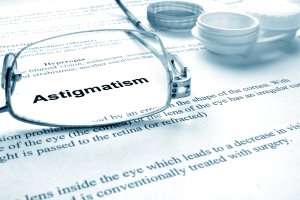


Types of Refractive Surgery
There are several types of refractive surgery available to correct vision problems caused by refractive errors, including: LASIK (laser-assisted in situ keratomileusis) Custom or bladeless LASIK Photorefractive keratectomy (PRK) Laser epithelial keratomileusis (LASEK)...
Astigmatism
A normal cornea — the clear front covering of your eye — has a round curve, like a basketball. However, many people have an irregularly shaped cornea while others have an irregularly curved lens. Both cases can cause light that enters the eye to bend the wrong way,...
Special Needs
The cognitive differences of special needs children and adults are well-documented, but vision issues often receive less attention. People with special needs have the same range of vision issues as their neurotypical counterparts; however, these vision problems occur...
Post-Concussive Vision Syndrome
More than 300,000 sports-related concussions occur each year, according to research. Many more concussions result from motor vehicle accidents, falls, and other non-sports related incidents. In addition to causing cognitive difficulties, concussions may result in a...

